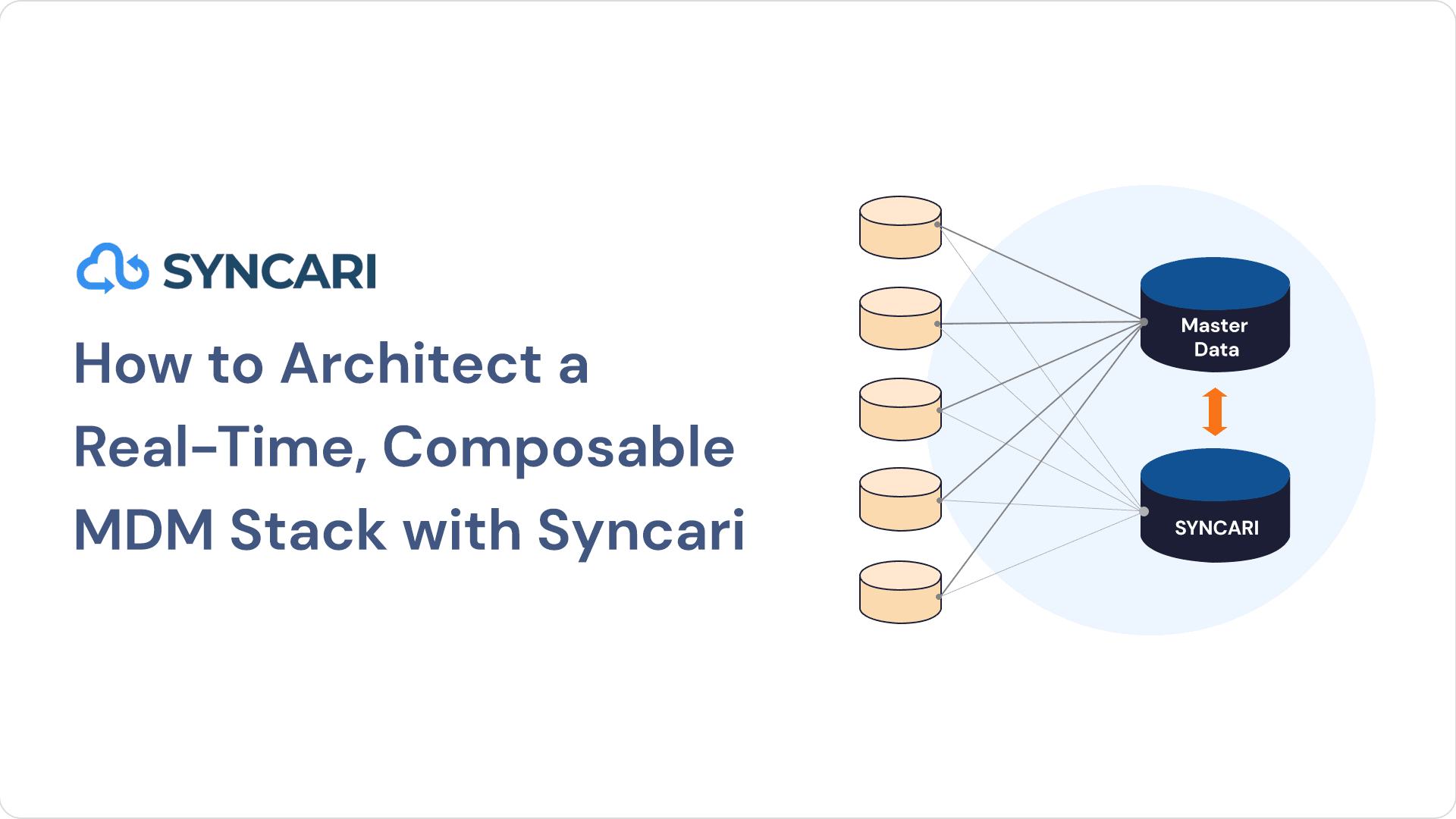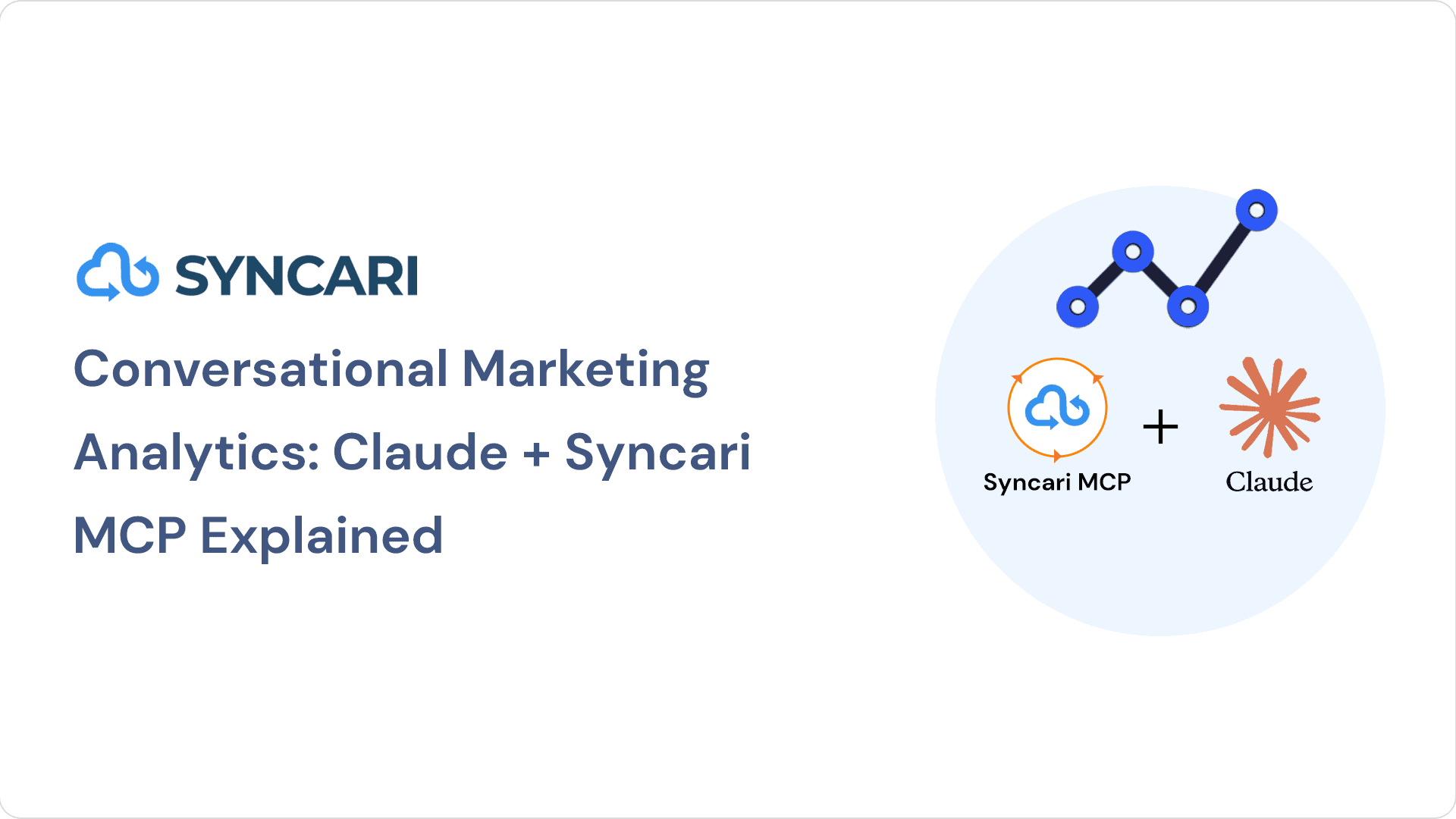In today’s rapidly evolving business world, utilizing the potential of data is vital for achieving success. When you integrate platforms such as Microsoft Dynamics 365 and Amazon S3, you open up many opportunities.
Microsoft Dynamics 365 offers a comprehensive suite of business applications. Combining this with the secure and scalable storage service of Amazon S3 can revolutionize how you manage and utilize your data.
However, navigating the complexities of integration and ensuring a seamless flow of information can take time and effort. This is where Microsoft Dynamics 365 S3 integration comes in.
It enables you to unlock the full potential of these platforms, breaking down data silos and simplifying your processes. By harmonizing your data landscape, you gain unified insights and unlock new levels of efficiency.
This blog post will dive into the benefits of Microsoft Dynamics 365 S3 integration to your business. So, let us discover how this powerful integration can transform your business operations, simplify your processes, and elevate your overall efficiency.
Microsoft Dynamics 365: What is it?
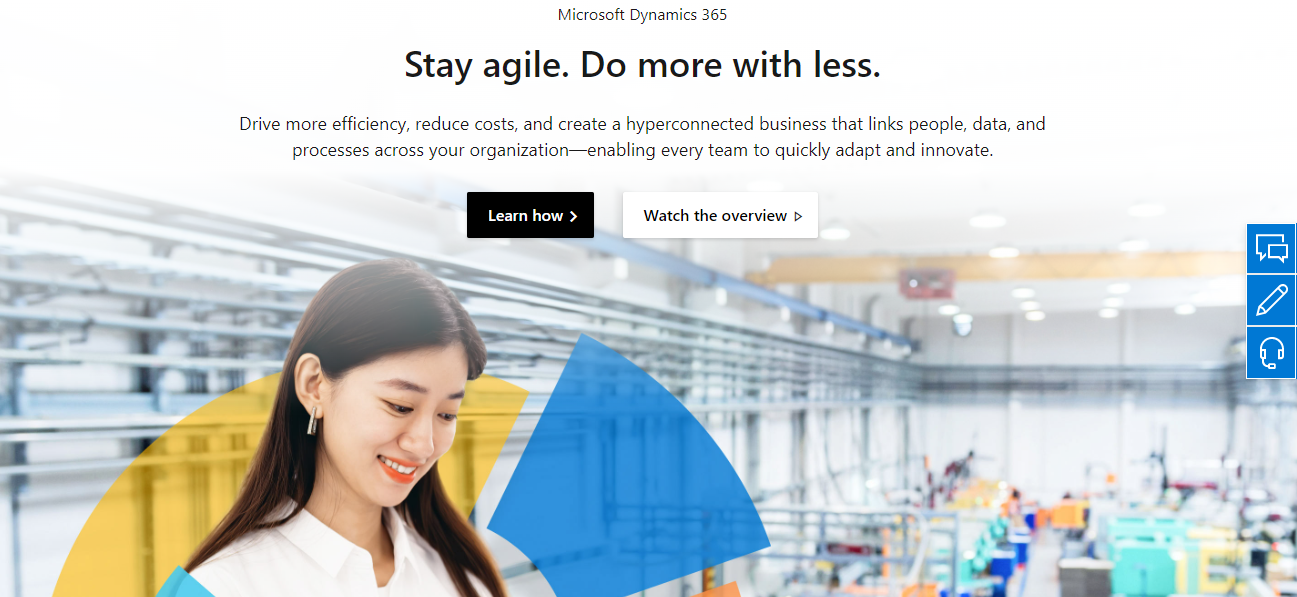
Microsoft Dynamics 365 is a robust suite of business applications that can revolutionize how you operate and manage your organization.
With MS Dynamics 365, you can access a vast array of tools and features that are purpose-built to streamline your operations and drive business growth.
In simple terms, Dynamics 365 is your all-in-one business solution. It merges the functionalities of Customer Relationship Management (CRM) and Enterprise Resource Planning (ERP) into a single platform.
This means you can manage customer relationships,track leads, automate sales processes, streamline financial operations, optimize supply chain management, and more, all from one centralized hub.
Amazon S3: What is it?
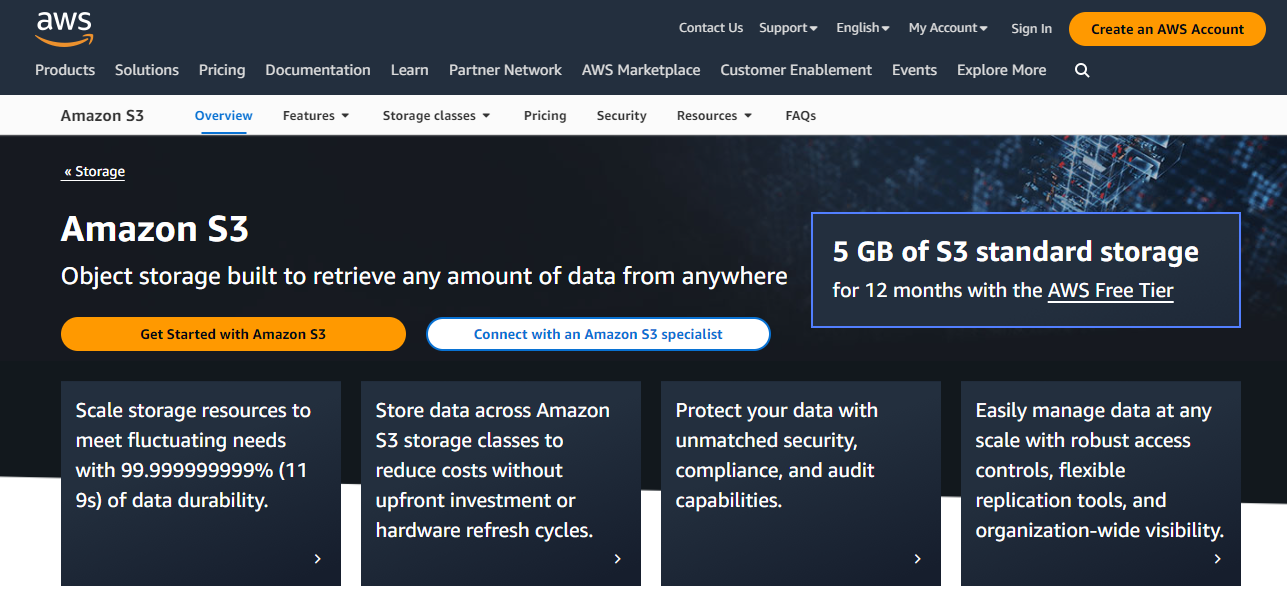
Amazon Web Services (AWS) offers a versatile and dependable storage solution called Amazon S3, which can significantly benefit you and your business.
In essence, Amazon S3 is like a secure “digital data warehouse” where you can load data and store/ retrieve it whenever needed.
The beauty of AWS S3 lies in its simplicity and flexibility. You can easily automate data export to S3 using a user-friendly interface or programmatically through APIs (Application Programming Interfaces).
Once uploaded, you can organize your files into “buckets,” which act as containers for your data. Each bucket can store multiple files, and you can easily categorize and manage them per your requirements.
AWS S3 and Dynamics 365 Integration: What does it bring to the table?
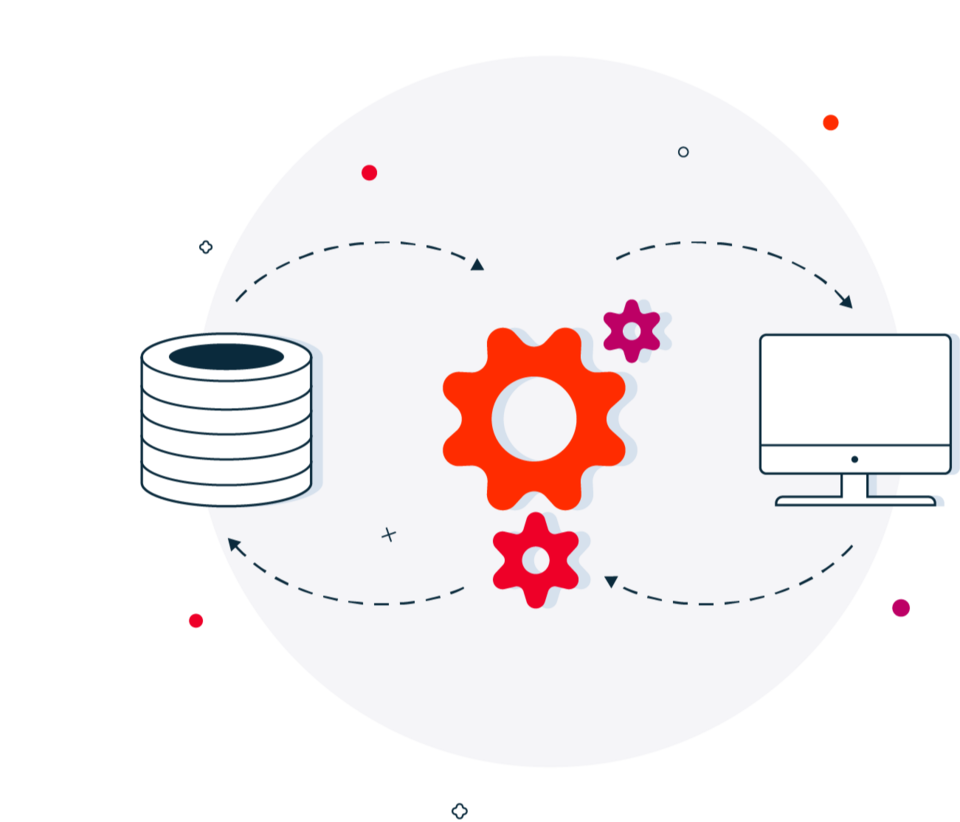
Efficient data management and storage are critical components of any successful business. Fortunately, integrating Microsoft Dynamics 365 (D365) with Amazon S3 offers an exceptional solution to meet these needs.
Let’s explore what this integration has to offer:
Enhanced Data Management
Integrating D365 with Amazon S3 allows you to effortlessly manage and preserve your data across both platforms. Amazon S3 offers a dependable and adaptable storage resolution, enabling you to securely stockpile and access vast data linked with your D365 applications.
With integration, updates made in Dynamics 365 can be automatically reflected in Amazon S3 and vice versa. Eliminate data discrepancies and maintain data integrity throughout your ecosystem.
Improved Data Analytics
With the integration, you can leverage the power of Amazon S3’s data analytics capabilities to enhance your Dynamics 365 insights.
Amazon S3 supports advanced analytics tools and services, such as Amazon Redshift and Amazon Athena, which can process and analyze your Dynamics 365 data stored in S3.
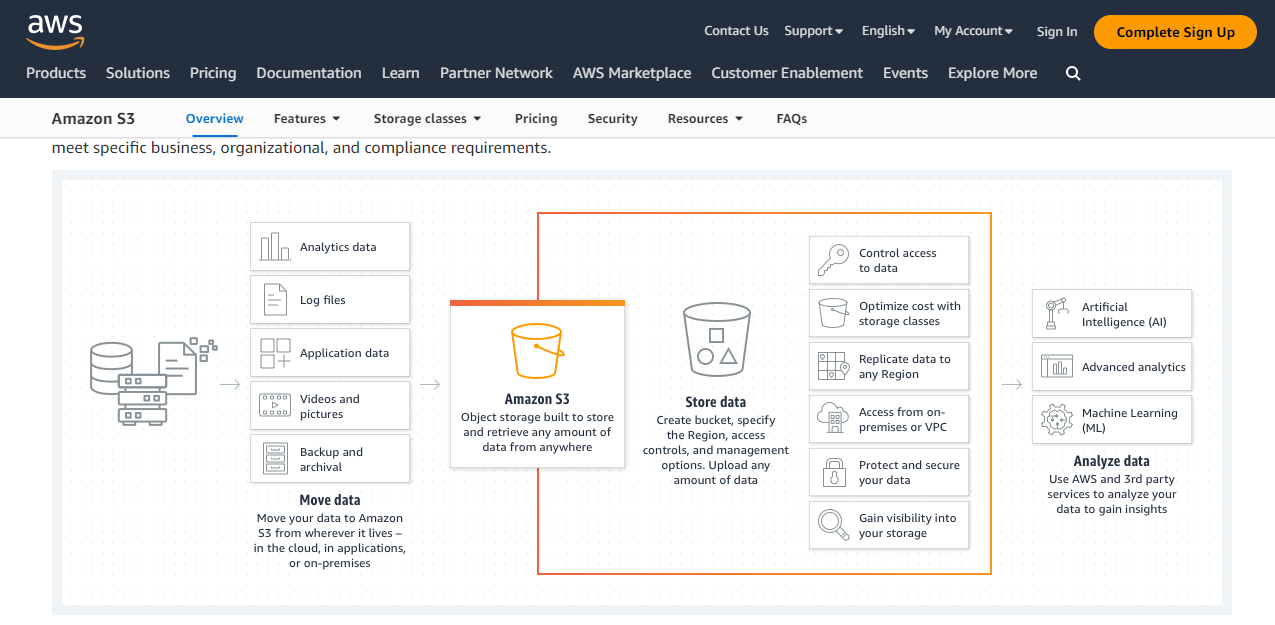
Bring both of them together and you’ll gain valuable insights, make data-driven decisions, and unlock the full potential of your business data.
Flexibility and Scalability
With Amazon S3’s storage, you can effortlessly manage the growth of your Dynamics 365 data. As your data volume expands, you can scale up your storage capacity in Amazon S3 without any infrastructure limitations.
This flexibility guarantees you can efficiently manage and expand your Dynamics 365 environment while satisfying your business’s ever-changing demands.
Data backup and disaster recovery
Protect your valuable business information using a reliable backup and disaster recovery plan. Integrating Dynamics 365 with Amazon S3 allows you to utilize the latter’s resilient storage features to ensure consistent backups of your Dynamics 365 data.
You can confidently prepare for unexpected events, recover quickly from data loss, and reduce the impact of any disruptions to your business operations.
Compliance and Security
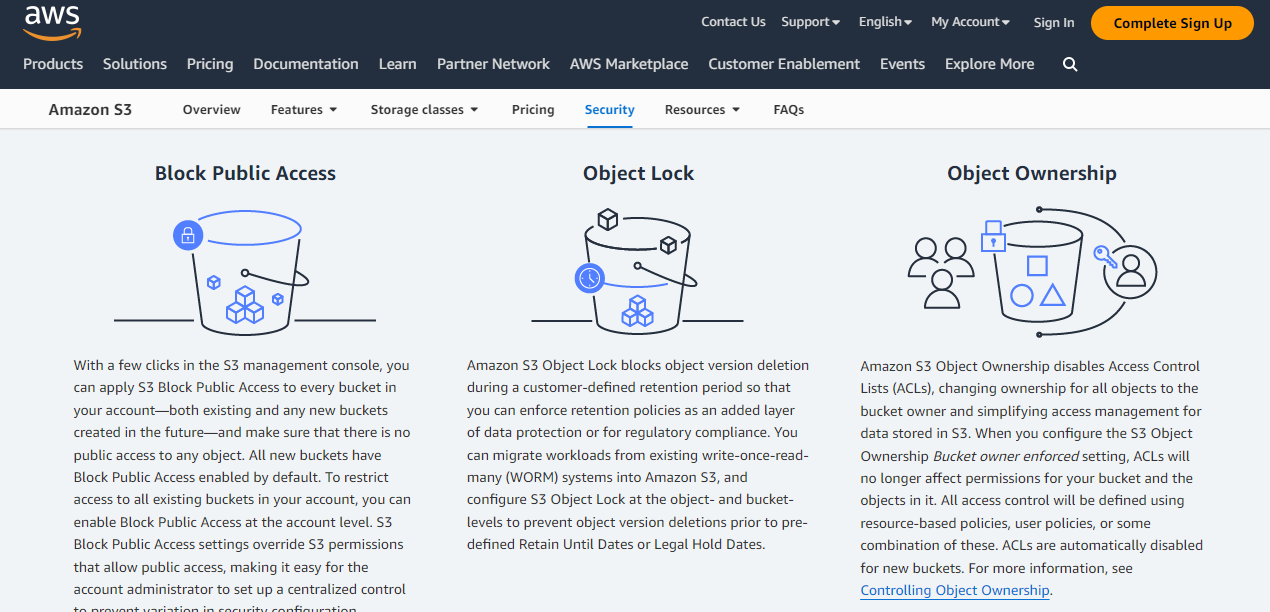
Rest easy knowing your Dynamics 365 data is protected in a secure environment. With Amazon S3’s robust security features, including access controls, encryption, and data protection mechanisms, your data remains confidential, integral, and available.
Comply with regulatory requirements and uphold stringent data security standards.
How can you integrate Microsoft Dynamics 365 with Amazon S3?
Integrating Microsoft Dynamics 365 S3 can feel daunting, but it can be a seamless process with the right approach. Here’s how to achieve it:
- Begin by generating API keys in both platforms. These keys will serve as the authentication mechanism for connecting the two systems.
- Once you have the API keys, establish a secure connection between Microsoft Dynamics 365 and Amazon S3. This connection allows for the smooth exchange of data between the platforms.
- Determine the specific data fields you want to sync between Dynamics 365 and Amazon S3. This could include customer information, sales data, or other relevant data points.
Configure the synchronization settings to ensure that the selected data is transferred accurately. - Configure workflows within the integration setup to automate the data transfer process. This ensures data synchronization happens in real-time or according to a predefined schedule, minimizing manual efforts and improving efficiency.
- Continuous monitoring and maintenance are crucial to ensure the accuracy and consistency of data. Regularly check the integration logs, monitor data flow, and promptly address any issues or discrepancies.
This proactive approach helps maintain the integrity of your integrated system.
While API integration can be a powerful tool for connecting Microsoft Dynamics 365 and Amazon S3, it’s important to acknowledge that it isn’t always reliable.
Several factors can contribute to potential challenges, such as changes in API endpoints, version incompatibilities, and network disruptions.
Limitations of integrating MS Dynamics 365 and AWS S3 using API Keys
API-based integration is a feasible option when integrating Microsoft Dynamics 365 S3. However, it is vital to be aware of certain limitations that may arise during the process:
Reliability
API endpoints may change or become unavailable, disrupting data transfer between Dynamics 365 and Amazon S3. It’s crucial to have mechanisms to handle such situations and ensure data integrity.
Version Compatibility
As both platforms evolve and release new versions, compatibility issues may arise between the APIs used for integration. This can lead to unexpected errors or inconsistencies in data synchronization.
Network Disruptions
Network connectivity problems or intermittent outages can hinder the smooth functioning of API integration. These disruptions may cause delays or data loss during data transfer, impacting the accuracy and timeliness of the information.
Complexity
APIs can have varying levels of complexity, with differences in authentication methods, data formats, and error handling. These intricacies can make the integration process more challenging, requiring expertise and careful consideration.
Documentation and Support
Inconsistencies or gaps in API documentation can make it difficult to understand and implement the integration effectively. Additionally, limited support or community resources for troubleshooting issues can further hinder the integration process.
So, what is the alternative option? Instead of relying solely on API keys for integrating Microsoft Dynamics 365 S3, you can turn to third-party integration tools.
These tools offer advanced capabilities and functionalities to simplify the integration process and overcome the limitations associated with manual setups. Examples of such platforms include Syncari, Zapier, Census, and Tray.io.
How can Syncari help with D365 and S3 integration?
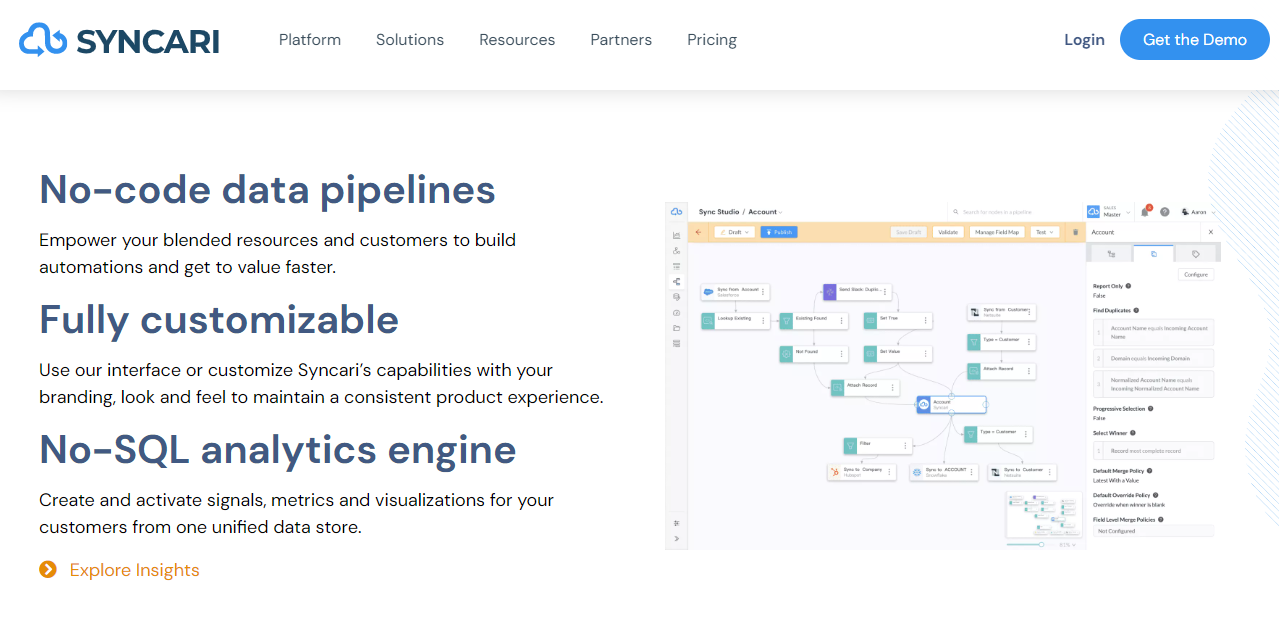
Syncari offers an unmatched solution for seamlessly integrating Microsoft Dynamics 365 S3 without manual intervention.
Our advanced integration capabilities enable you to exchange essential information, such as customer records, sales data, and product details, effortlessly between platforms.
With Syncari’s dependable connection, you can rest assured that your data remains consistent and up-to-date across all systems.
Syncari’s stateful sync can ensure that your data remains consistent and synchronized across Dynamics 365 and AWS S3, unlocking the full potential of your business operations.
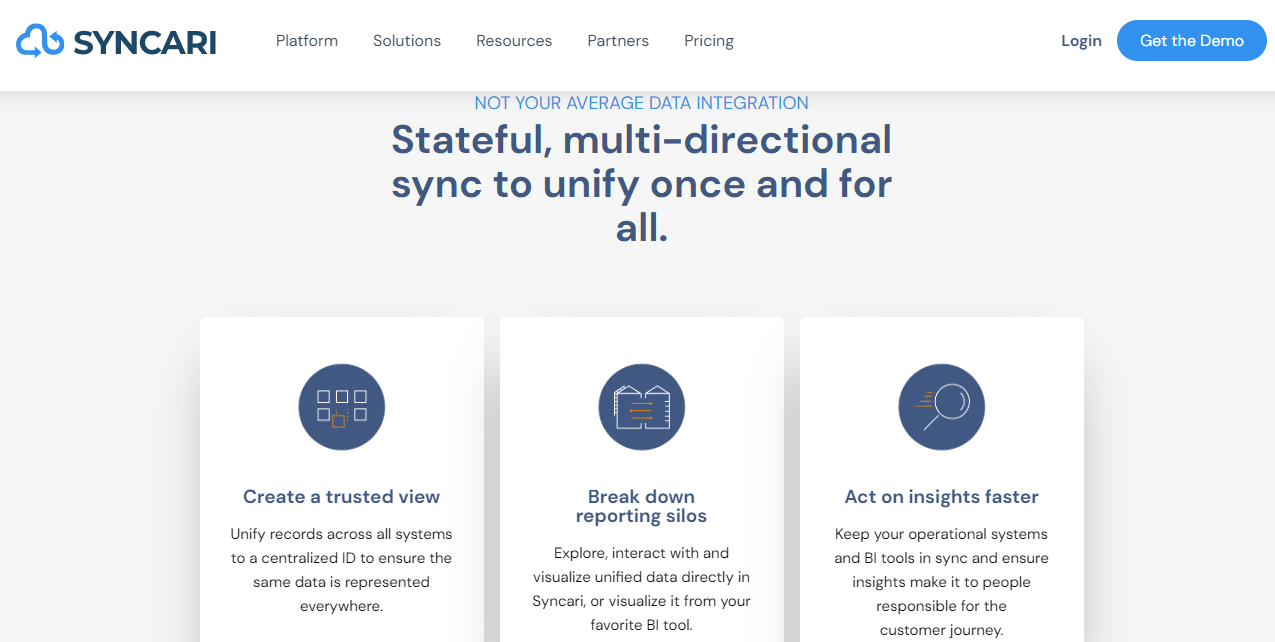
Unlike traditional stateless integrations that copy and paste data between systems, Syncari actively manages data in multiple locations, ensuring that any changes made in Dynamics 365 or S3 are immediately detected and synced in real-time.
This guarantees that your data remains intact, eliminating the risk of data discrepancies or loss with stateless integrations.
One of the standout features of stateful sync is its granular control over data synchronization. You can select specific data fields or objects to sync between Dynamics 365 and S3, allowing you to tailor the integration to your unique business needs. 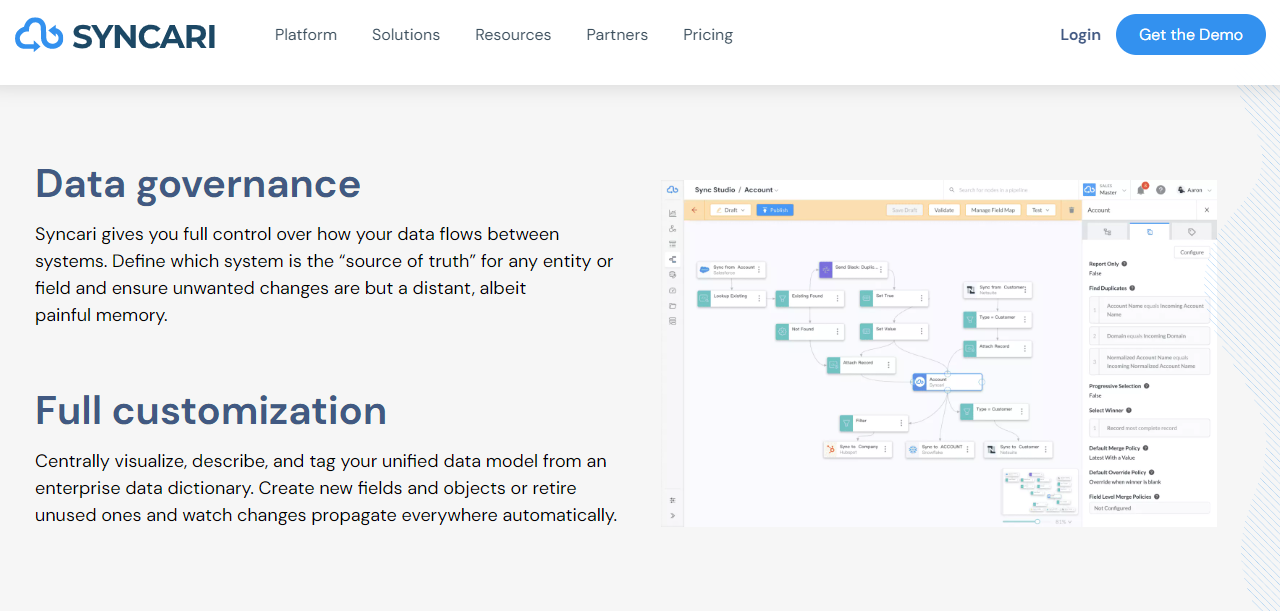
This level of control ensures that you have complete oversight over the data exchange, maintaining data privacy and compliance requirements.
Furthermore, Syncari’s no-code approach makes it effortless for business users to set up and manage the integration between D365 and S3.
The intuitive user interface empowers users to configure and monitor the integration without complex coding or IT involvement. This saves time and resources and ensures a seamless and hassle-free integration experience.
With Syncari’s stateful sync, you can rest assured that your data is in safe hands and will always be up-to-date and accurate.
Our platform offers many additional benefits that make the process seamless and efficient.
- Our user-friendly interface is designed with simplicity in mind. With Syncari, you can establish a connection between Dynamics 365 and AWS S3 without extensive coding knowledge.
- Flexibility is key, and Syncari provides a highly adaptable integration platform that allows you to choose the data that needs to be synchronized between Dynamics 365 and AWS S3.
- At Syncari, we understand that businesses grow and evolve. That’s why our integration platform is designed to scale with you.
It can seamlessly accommodate additional data sources and destinations, allowing you to expand your integration capabilities without hassle.
Syncari pricing
Syncari’s pricing is based on the number of records you manage, making it easy to predict costs and avoid unexpected expenses. Each Syncari instance includes pipelines, connectors, API calls, tasks, and transactions. Build unlimited pipelines, connect multiple systems, and run them as often as needed, all without worrying about additional costs.
Conclusion
Integrating Microsoft Dynamics 365 S3 can bring immense benefits to your organization. However, to truly unlock the potential of this integration, you need effective management and maintenance.
With Syncari’s stateful sync, you can simplify the integration process and ensure data consistency. This powerful platform empowers you to fully utilize your data, driving growth and enhancing customer experience.
It’s time to move beyond mere integration and embrace true synchronization. Syncari offers a streamlined solution, freeing you to focus on what matters most to your business success. Trust Syncari to help you achieve your business goals and take your organization to new heights.


